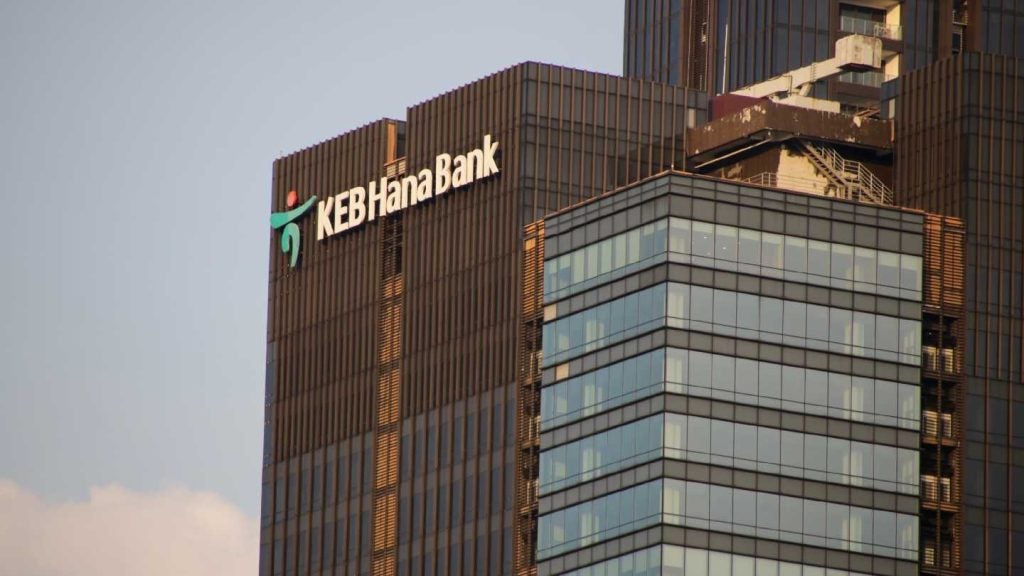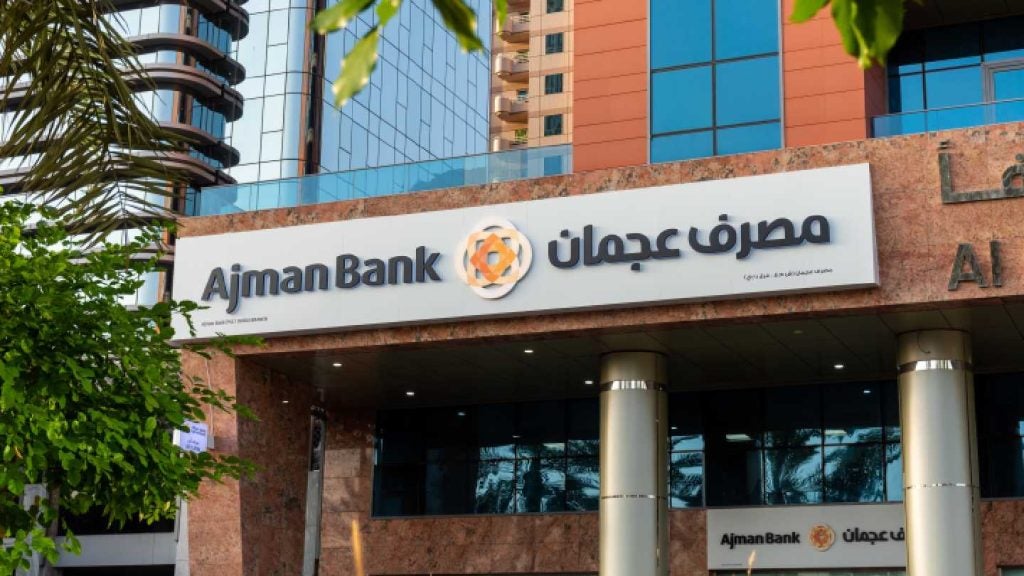The Monetary Authority of Singapore (MAS) has unveiled strict rules on liquid capital that banks must hold as part of global regulatory efforts to shield banks against sudden financial stress.
As per the proposed legislation, banks will be asked to hold sufficient high quality liquid assets to match their total net cash outflows over a 30-day period.

Access deeper industry intelligence
Experience unmatched clarity with a single platform that combines unique data, AI, and human expertise.
The liquidity coverage ratio, which is a new international regulatory standard, is more risk-sensitive than the minimum liquid assets rule adopted by the MAS.
As per the new regulation devised by Singapore, the three local banks, which include DBS, Oversea-Chinese Banking Group and United Overseas Bank, will have to meet the full LCR requirement for Singapore-dollar assets by January 2015 and an all-currency LCR of 60%.
Further, these lenders are required to meet the all-currency LCR in full by 2019, when the ratio would reach 100%. To meet the increase in liquidity demand, these banks will need enough assets to withstand a sudden outflow of deposits and other liabilities, regardless of the currency.
Besides domestic lenders, the overseas banks deemed to have a major local presence, will also have to comply with the new liquidity rule in full for their Singapore-dollar assets and at a ratio of 50% for all-currency assets starting January 2016.

US Tariffs are shifting - will you react or anticipate?
Don’t let policy changes catch you off guard. Stay proactive with real-time data and expert analysis.
By GlobalDataHowever, the foreign banks which are not found systemically significant, can opt to adhere to the new liquidity rule, or continue with the existing minimum requirement for liquid assets.
The liquidity coverage ratio was among rules proposed by the Basel Committee on Banking Supervision as part of its response to the global financial crisis, also known as the Basel III accord. It requires lenders to hold enough "high quality" liquid assets, such as cash and government bonds, to be able to withstand an intense 30-day crisis similar to the 2008 crisis.







